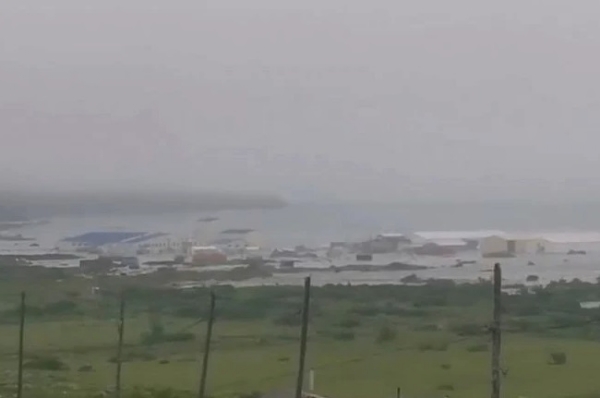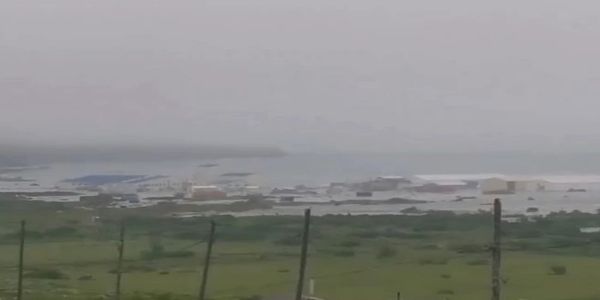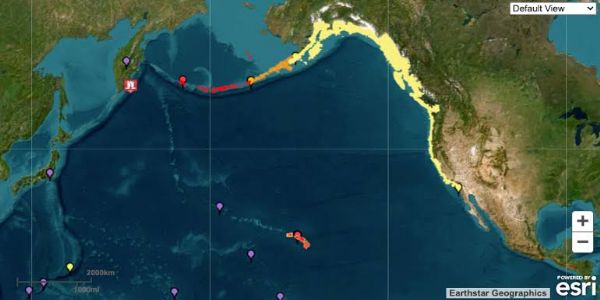
Moscow/Tokyo/Washington, July 30(HS): Strong tremors measuring between 8.7 and 8.8 on the Richter scale were felt in the Kamchatka region of Russia's Far East today, marking the most powerful earthquake since 1952. The quake struck around 12 PM local time, approximately 150 kilometers from Petropavlovsk-Kamchatsky, prompting tsunami warnings across the northern Pacific, including Alaska, Hawaii, and as far as New Zealand. The Japan Meteorological Agency reported that the first tsunami wave, about 30 centimeters tall, reached Hokkaido's Nemuro.
Significant damage has been reported in the Kamchatka Peninsula, with evacuations underway. Governor Valery Limarenko indicated that the first tsunami wave hit Severo-Kurilsk, a settlement in the Kuril Islands. The Pacific Tsunami Warning Center indicated potential tsunami waves between 1 to 3 meters across the Pacific, with higher waves predicted for some coastal regions in Russia and Ecuador.
Seismologists in both Japan and the USA initially reported the earthquake's magnitude as 8.0, which later increased to 8.8, with a depth of 20.7 kilometers. In Petropavlovsk-Kamchatsky, residents rushed outside amid quaking buildings and power outages; cell phone service was disrupted, causing further chaos. The National Tsunami Warning Center in Alaska has warned several coastal areas, including parts of the Aleutian Islands.
In New Zealand, warnings of unexpectedly high waves were issued, urging caution from beachfronts. Onlookers recalled the 2011 Japan earthquake and tsunami, which had catastrophic consequences, including a meltdown at the Fukushima nuclear plant, following a 9.0 magnitude quake. Earlier seismic activity near Kamchatka included five significant earthquakes this past July, one reaching 7.4.
Reports highlight that the 1952 Kamchatka quake resulted in towering waves in Hawaii. Current assessments suggest quick tsunami arrivals to Hawaiian shores, with potential impacts extending across the archipelago rather than isolated beaches. Initial forecasts for tsunami heights in Japan have been lowered.
Tsunami warnings also indicated waves exceeding 3 meters in coastal areas of Ecuador and Russia, while regions in Chile, Costa Rica, Japanese territories, and other Pacific islands faced 1 to 3-meter elevations. Other distant areas, like Australia and Taiwan, were forecasted to see minimal tidal impacts.
Vodopadnaya weather center documented tsunami waves of 3 to 4 meters in Kamchatka's Yelizovsky district. Over eight aftershocks greater than magnitude 5 occurred within an hour of the quake, with an anticipation of ongoing significant tremors in the following month. Damage includes a kindergarten wall collapse in Petropavlovsk-Kamchatsky, while Severo-Kurilsk's port and the Sakhalin fishing center experienced inundation.
Japanese authorities have deployed military aircraft for ocean monitoring, and operations at Fukushima-1 were halted as a safety measure. Shinkansen train services across central and northeastern Japan were suspended in response to the earthquake. The U.S. NOAA also issued tsunami alerts following this seismic event, and Oahu residents were instructed to evacuate coastal areas swiftly.
Hindusthan Samachar / Jun Sarkar








